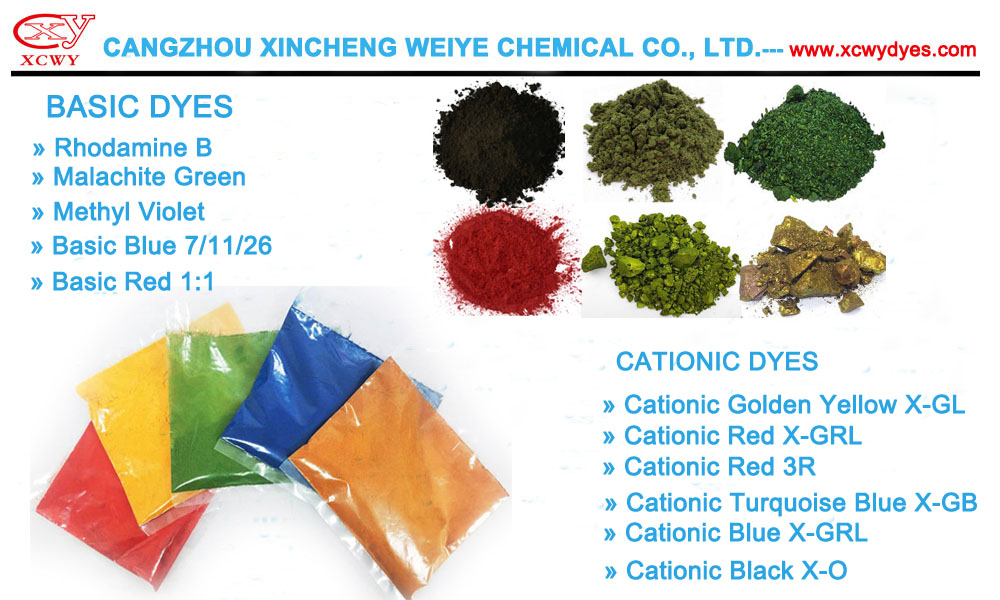Basic dyes in papermaking are widely used due to their excellent color expression and dyeing effects.
Firstly, basic dyes have extremely strong coloring power and can easily color fibers, resulting in bright colors. This makes basic dyes particularly popular in the paper industry because they can give paper vivid and full colors.
However, basic dyes also have some drawbacks that need to be noted. Its light and heat resistance are poor, and its resistance to acid, alkali, and chloride ions is also weak, which may cause the finished product to fade easily. Therefore, when using basic dyes, special attention should be paid to environmental conditions to ensure the durability of the dyeing effect.
During the dyeing process, basic dyes have a greater affinity for lignin, making it easier to dye pulp with high lignin content, such as unbleached pulp and mechanical pulp. However, for bleached pulp, the dyeing affinity of basic dyes is weak. Therefore, when dyeing mixed pulp, especially bleached pulp with unbleached or mechanical pulp, attention should be paid to maintaining dyeing uniformity.
In addition, when dissolving basic dyes, it is not advisable to use hard water or basic water, as this may cause color spots. Usually, 1% dilute acetic acid can be added to adjust the pH value to 4.5-6.5, and then dissolved and used at 60-70 ℃.
Basic dyes can be divided into various types, including azo, diphenylmethane, thiazide, etc. Representative varieties include basic rhodamine B, basic victoria BO, basic auramine O, basic orange, basic brown, etc. These different types of dyes can meet different color and dyeing effect requirements.
Contact person: Miss Jessie Geng
Email:jessie@xcwychem.com
Mobilephone/Whatsapp: +86-13503270825
Post time: Apr-10-2024






